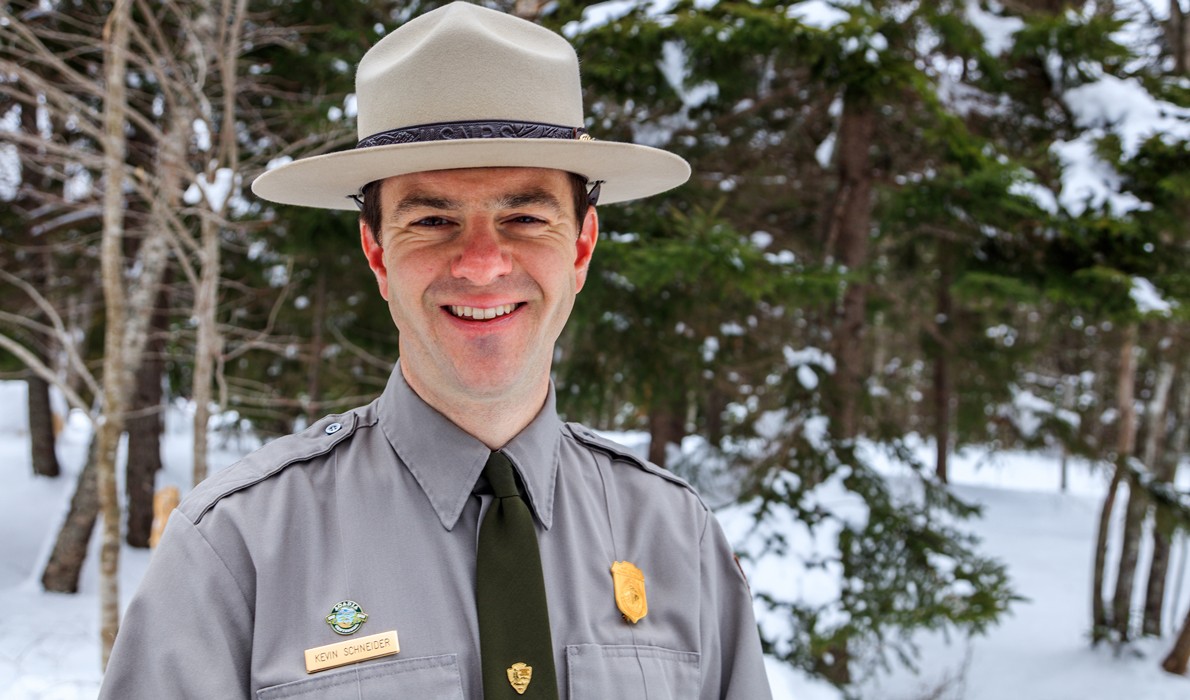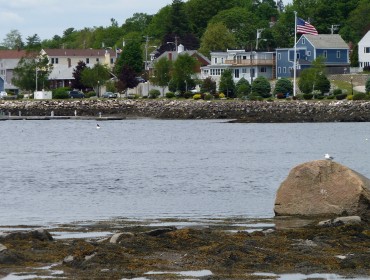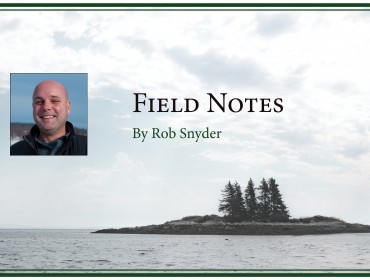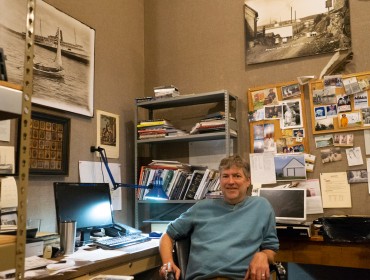Posted March 27, 2019
Last modified March 27, 2019
By Laurie Schreiber
Due to its popularity and accessibility to large population centers, Acadia National Park visitation continues to grow (although more slowly—1 percent in 2018, compared with 7 percent in 2017). Park officials are grappling with challenges that include summertime congestion and workforce housing, plus the federal government’s partial shutdown. We caught up with park Superintendent Kevin Schneider to get the latest.
The Working Waterfront: What were the shutdown’s impacts on operations?
Kevin Schneider: It was a frustrating time. A 35-day shutdown is 10 percent of the year. That’s a lot for this time of year, when our hiring managers review resumés for summer jobs.
We have 80 to 85 year-round employees and hire 120 to 150 people every summer. Those seasonals are the backbone of visitor services. They pick up trash, clean restrooms, run the visitor center, manage parking lots and congestion, do search and rescue—it’s important work. Many people don’t realize it takes three to three-and-a-half months to hire a federal employee—to do background investigations, process paperwork, then give people time to get here. We need to make selections now in order to be prepared for our seasonal start in mid-April.
It also affected our contracting process. This is the time of year we’re writing scopes of work and handing that to our contracting officer to put projects out to bid.
WW: Is your team scrambling to catch up?
KS: We’re doing the best we can. I’ve told our hiring managers if they need to come in Saturdays to get the hiring done, they can. I’m sure some hiring will be set back. But we don’t know yet the effects on park operations.
WW: What’s happening with the transportation plan?
KS: Key components in our draft plan, released last spring, include rebuilding the Hulls Cove visitor center as a park-and-ride facility, with a new visitor center down on grade; utilizing concession contractors to provide smaller vehicles to access, for example, Cadillac Mountain; and managing Cadillac Mountain, Jordan Pond, and Ocean Drive through parking reservations. It’s an adaptive plan. We’ll try something, see how it works, then make adjustments.
In any scenario, the Island Explorer is an important part of our future. We’re looking at the need for more buses, more routes, and more frequent service.
We hope to have a final environmental impact statement released this spring and final decisions made one to two months afterward. That allows us to begin long-range implementation.
WW: How are Cadillac access closures working out?
KS: Cadillac closed 54 times last summer. It closed 72 times the year before. So it went down. But that could be a reflection of fewer law enforcement rangers. There were plenty of frustrated people. Things like increasing public transit, giving visitors options, and providing the certainty of reservations should help.
WW: Do other national parks have similar congestion?
KS: All of the iconic national parks have congestion issues. The good news is, parks are popular. So the question is, how do we manage visitors? That’s what these planning efforts are about.
WW: What’s happening with workforce housing?
KS: We’re interested to see if we can create a public/private partnership that would allow for new seasonal employee housing to be constructed in the park. It’s a fairly novel approach for the National Park Service, so there are numerous questions.
Several other parks are dealing with housing shortages, and they’re interested in what we’re doing. Workforce housing is a big deal on Mount Desert Island for all employers. We’ll see if there’s a way to partner with other employers and perhaps put park land on the table to construct housing that can accommodate collective interests and hopefully not cost the federal government much.
Last fall, we issued a request for information, asking the private sector for input. We had strong interest. We’re working through the responses. That will help us craft a request for proposals, we hope later this year. And there’s partner housing to consider. For example, the Island Explorer hires bus drivers. A factor in being able to recruit drivers is seasonal housing.
WW: Is your ability to hire limited by the situation?
KS: Absolutely. If we have a top candidate and can’t offer them housing, they have to turn it down because they have nowhere to live.
WW:What do you see for visitation trends?
KS: My belief is visitation will continue to grow. We need to act now in order to be prepared to welcome visitors in the future. Not everyone can visit Cadillac at sunrise in July. There’s just not enough parking for everyone in their private cars. Perhaps people can hop on a bus or visit at 9 a.m. when Cadillac isn’t typically crowded. By dispersing people throughout the day and decoupling private automobiles from the experience, in certain cases, we can better manage the park.
WW: Do you envision more promotion of Schoodic to relieve MDI congestion?
KS: Schoodic isn’t a relief valve for MDI. Schoodic offers a unique experience. That’s deliberate. Our general management plan from the 1990s wanted Schoodic to be managed as a lower-density experience, different from the MDI experience. Isle au Haut is like Acadia’s wilderness district.
WW: Is Acadia limited in any way by federal funding constraints?
KS: We’re fortunate in that our operating budget has been stable over the last several years. In the current spending climate, a flat budget is a good budget. But when you look at inflation, a flat budget is a declining budget. So it does affect what we can and can’t do. That’s where our partners come in.
Going back to the shutdown, I’d like to add that the outpouring of community support for both the park and the coast guard was really heartwarming. We had to explain that ethics rules don’t allow us to take gift cards. But various banks or service clubs offered low-interest loans, some restaurants offered “shutdown happy hours.”
Someone knocked on my door on a Saturday morning asking, “How can I help?” It was an indication of how much people care about the park and their neighbors.
Contributed by




